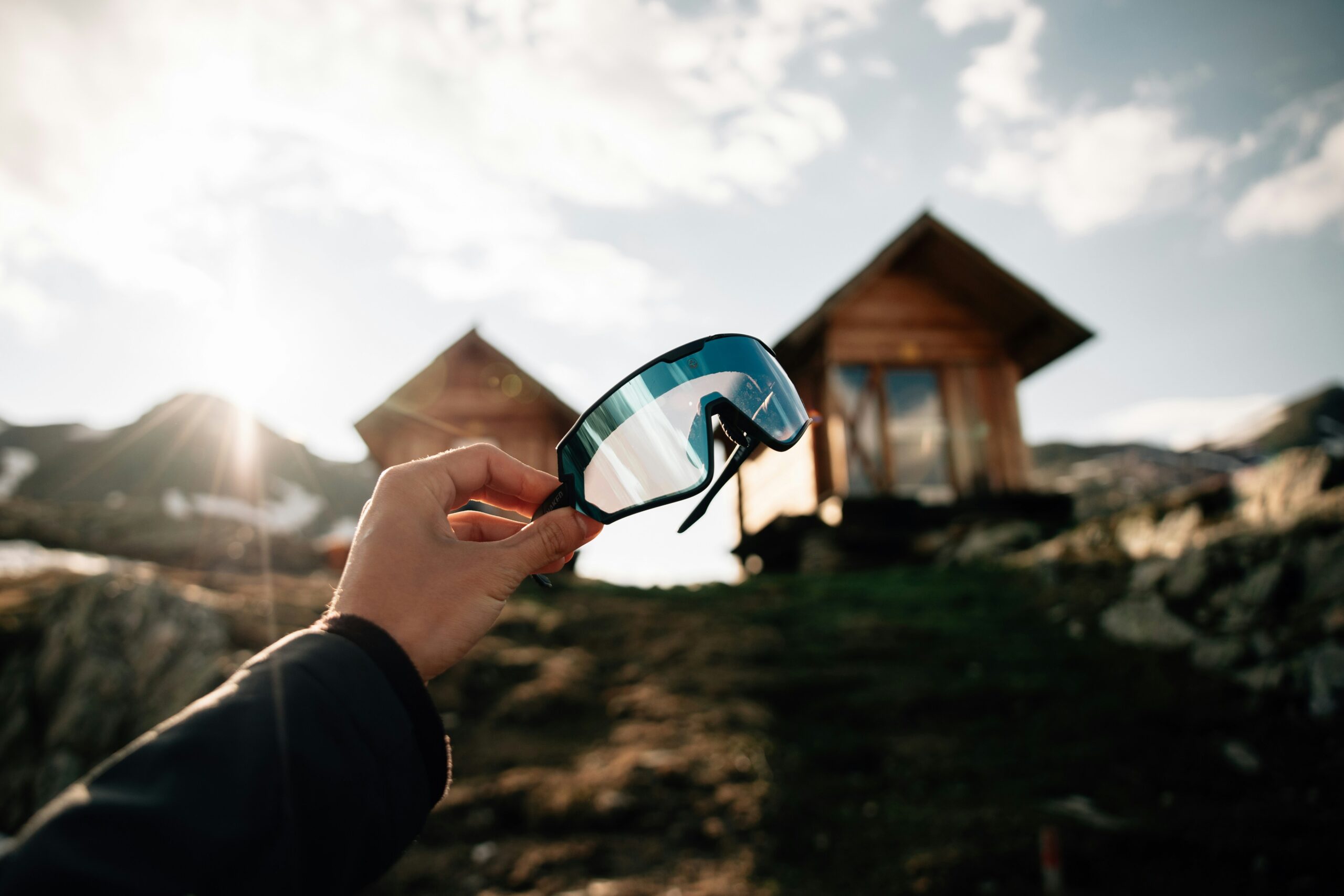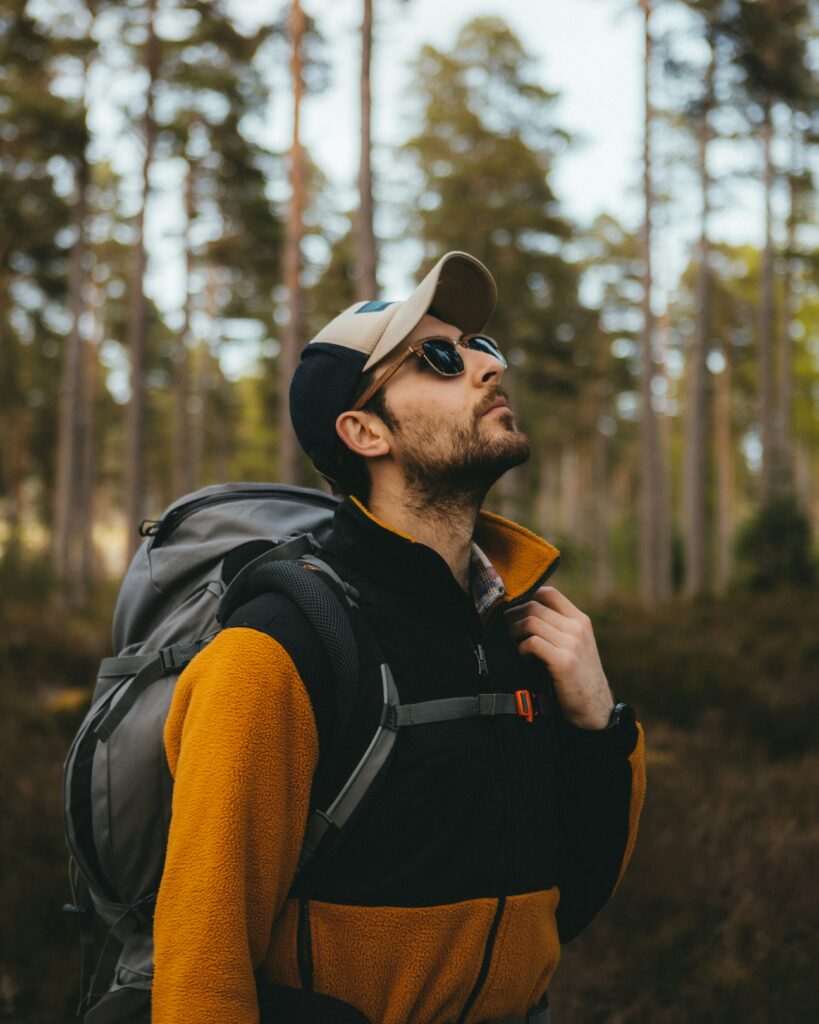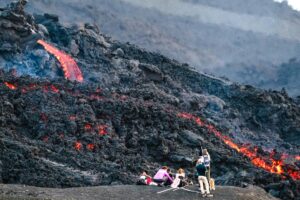
Best Sunglasses for Hiking: Essential Features for Optimal Outdoor Performance
When you’re out on the trail, your eyes need just as much protection as your skin. The best sunglasses for hiking are not just about looking stylish—they’re essential gear that can make your hiking experience safer and more enjoyable. Here’s a comprehensive guide to what features you should look for when choosing the best sunglasses for hiking.
Why Sunglasses Matter
Hiking exposes you to the sun’s harsh rays, which can cause significant damage to your eyes over time. Prolonged exposure to ultraviolet (UV) light increases the risk of cataracts, macular degeneration, and other eye problems. Additionally, bright sunlight can lead to temporary blindness, known as photokeratitis, especially when hiking in snowy or high-altitude areas. Therefore, investing in a good pair of hiking sunglasses is crucial.
Key Features to Look For

UV Protection
- 100% UV Protection: The most critical feature of hiking sunglasses is complete UV protection. Look for sunglasses that block 100% of UVA and UVB rays. This ensures your eyes are protected from the harmful effects of the sun.
- UV400 Lenses: These lenses block all light rays with wavelengths up to 400 nanometers, covering all UVA and UVB rays.
Lens Material
- Polycarbonate Lenses: These lenses are lightweight, impact-resistant, and offer excellent clarity. They are ideal for hiking because they can withstand drops and rough handling.
- Trivex Lenses: Similar to polycarbonate, Trivex lenses are lightweight and impact-resistant but provide better optical clarity.
Lens Tint and Color
- Gray Lenses: These are great for maintaining true color and reducing overall brightness. They are versatile and work well in various light conditions.
- Brown/Amber Lenses: These lenses enhance contrast and depth perception, making them ideal for trail hiking where terrain can change rapidly.
- Yellow/Gold Lenses: Perfect for low-light conditions, these lenses improve contrast and depth perception but may not be suitable for very bright conditions.
Polarization
- Polarized lenses reduce glare from reflective surfaces like water, snow, and rocks. This feature is particularly beneficial for hikers who traverse streams, hike in snowy conditions, or encounter bright, reflective surfaces.
Photochromic Lenses
- These lenses automatically adjust their tint based on the lighting conditions. They darken in bright sunlight and lighten in low light, making them highly versatile for hikers who experience changing light conditions throughout their hike.
Frame Material and Design
- Durable Frames: Look for frames made from materials like nylon, polycarbonate, or other durable plastics. These materials are lightweight yet strong, ensuring they can handle the rigors of hiking.
- Comfortable Fit: Frames should fit snugly without being too tight. Look for features like adjustable nose pads and temple tips for a custom fit.
- Wraparound Design: This design provides better coverage and protection by blocking sunlight from the sides. It also helps keep debris and wind out of your eyes.
Ventilation and Fog Resistance
- Proper ventilation prevents your sunglasses from fogging up during intense physical activity. Look for sunglasses with vented frames or anti-fog coatings to maintain clear vision.
Scratch-Resistant Coating
- Hiking can be tough on your gear, so having scratch-resistant lenses ensures your sunglasses remain clear and functional even after rough use.
Hydrophobic and Oleophobic Coatings
- Hydrophobic coatings repel water, making them ideal for wet conditions. Oleophobic coatings repel oils and fingerprints, keeping your lenses clean and clear.
Weight
- Lightweight sunglasses reduce pressure on your nose and ears, making them more comfortable for long hikes. They are also less likely to cause headaches.
Additional Considerations

- Interchangeable Lenses: Some hiking sunglasses come with interchangeable lenses, allowing you to switch lenses based on the lighting conditions. This versatility can be a great advantage if you hike in varying environments.
- Prescription Lenses: If you require prescription lenses, look for sunglasses that can accommodate them. Many hiking sunglasses offer prescription options.
- Style and Aesthetics: While functionality is key, finding a pair of sunglasses that you like and feel good wearing can enhance your overall hiking experience.
Caring for Your Hiking Sunglasses
To ensure your hiking sunglasses last and perform well, follow these care tips:
Clean Regularly
Keeping your lenses clean is essential for clear vision on the trail. Use a microfiber cloth and a lens cleaner specifically designed for eyewear to remove dirt, smudges, and sweat. Avoid using paper towels, tissues, or your clothing, as these can scratch the lenses and leave behind fibers that can further obscure your vision. Regular cleaning will help maintain the optical clarity and protective coatings on your lenses.
Store Properly
When you’re not wearing your sunglasses, store them in a protective case. This prevents scratches and physical damage that can occur if they are left loose in your backpack or pocket. A hard-shell case offers the best protection against impact and pressure, but a soft pouch can also provide adequate protection against scratches. Keeping your sunglasses in a dedicated case will extend their lifespan and ensure they are ready for your next hike.
Avoid Extreme Temperatures
Exposure to extreme temperatures can damage both the lenses and frames of your sunglasses. Do not leave your sunglasses in a hot car or exposed to direct sunlight for extended periods, as this can warp the frames, affect the fit, and degrade the lens coatings. Similarly, avoid leaving them in very cold environments, as this can make the frames brittle and more susceptible to breaking. Maintaining your sunglasses at a moderate temperature will help preserve their structural integrity and functionality.
Conclusion
Choosing the best sunglasses for hiking involves considering various features that contribute to eye protection, comfort, and performance. Prioritizing UV protection, durable and lightweight materials, and features like polarization and photochromic lenses can significantly enhance your hiking experience. Remember, the right pair of sunglasses not only protects your eyes but also improves your vision on the trail, allowing you to fully enjoy the beauty and challenges of the great outdoors. So, gear up with the best sunglasses for hiking and hit the trails with confidence!
If you want to start your hiking adventure, you can reach out to Tropicana! They offer tour packages to stunning volcanoes like Acatenango and Pacaya, providing unforgettable experiences. Tropicana also has excellent accommodation options in Antigua Guatemala, ensuring a comfortable stay. If you’re eager to explore other places, their reliable shuttle services will conveniently take you there! Whether you’re hiking up a volcano or discovering the local culture, Tropicana has everything you need for a memorable adventure.


 Previous Post
Previous Post Next Post
Next Post



